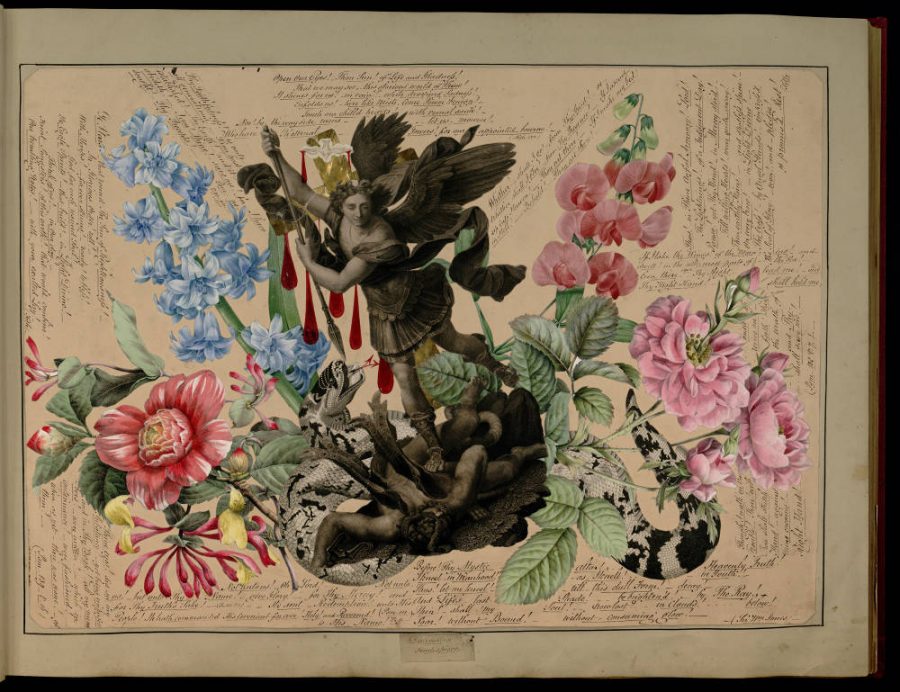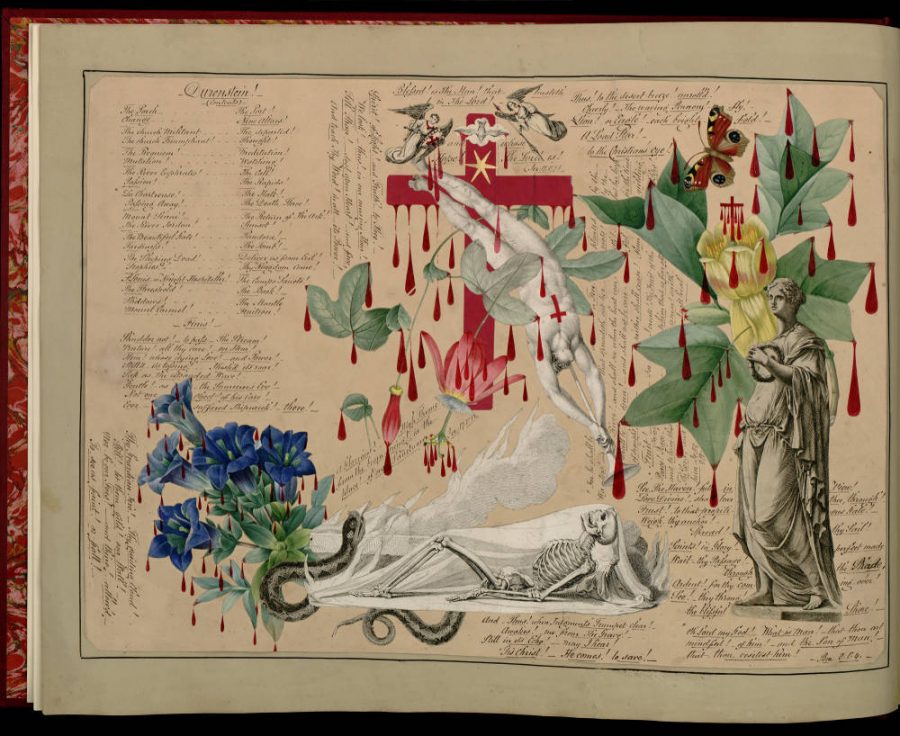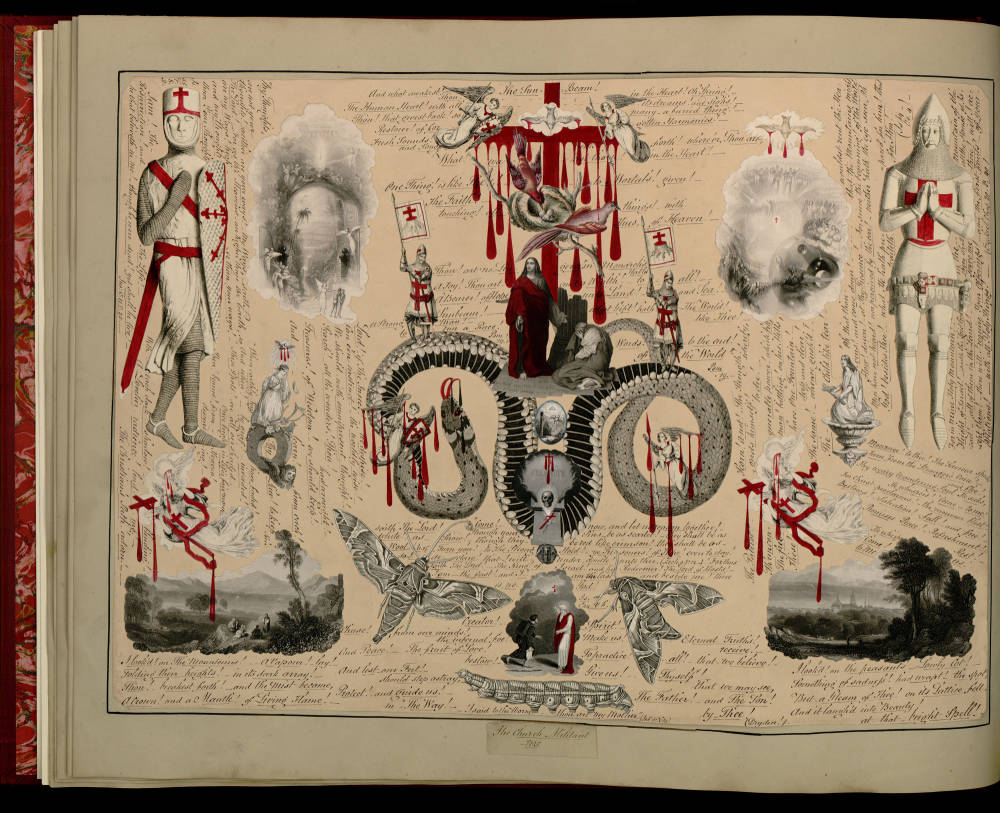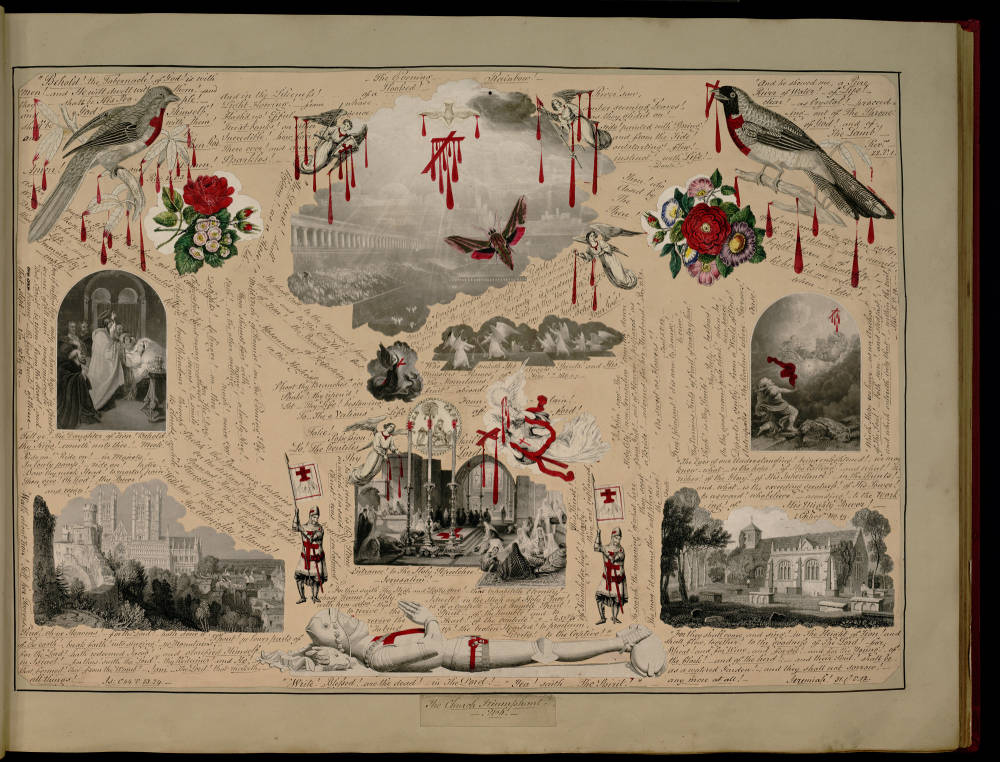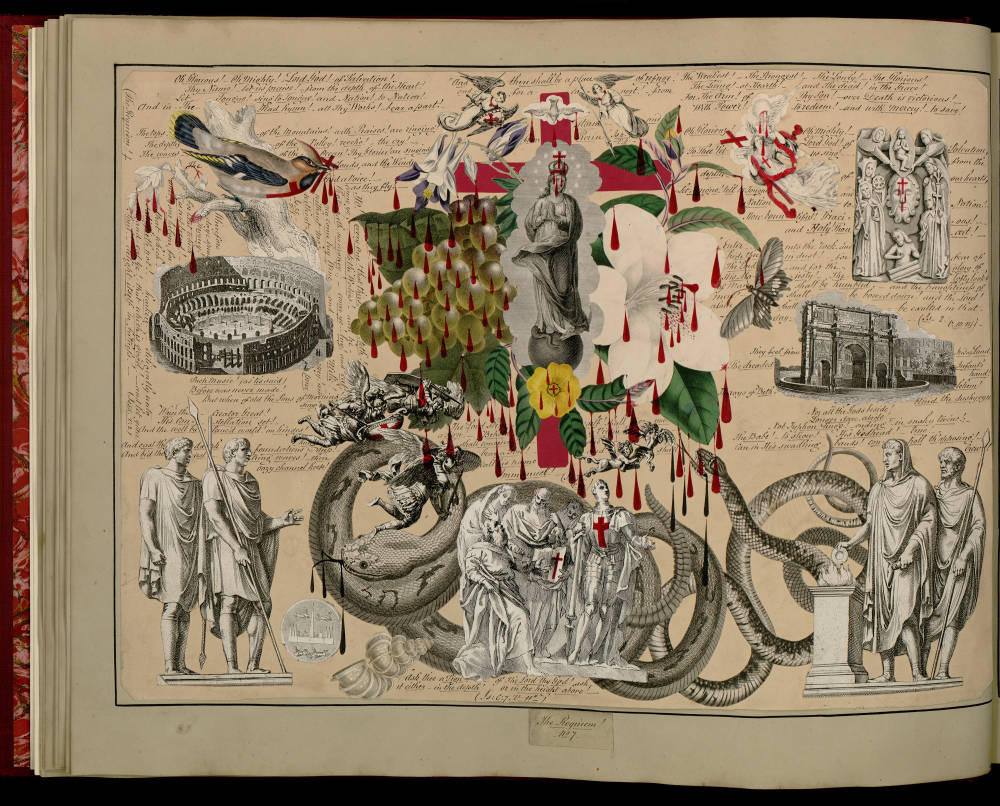In movies like Seven Samurai and High and Low, director Akira Kurosawa took the cinematic language of Hollywood and improved on it, creating a vigorous, muscular method of visual storytelling that became a stylistic playbook for the likes of Martin Scorsese, George Lucas and Francis Ford Coppola. In movies like Ikiru, The Bad Sleep Well and The Lower Depths, Kurosawa relentlessly struggled to find the rays of light among the shadows of the human soul. This philosophical urgency combined with his visual brilliance is what gives his work, especially his early films, such vitality.
“One thing that distinguishes Akira Kurosawa is that he didn’t just make a masterpiece or two masterpieces,” Coppola said during an interview. “He made eight masterpieces.”
So when Kurosawa comes out with a recommended viewing list, movie mavens everywhere should take note. Such a list was published in his posthumously published book Yume wa tensai de aru (A Dream is a Genius). His daughter Kazuko Kurosawa described the list’s selection process:
My father always said that the films he loved were too many to count, and to make a top ten rank. That explains why you cannot find in this list many of the titles of the films he regarded as wonderful. The principle of the choice is: one film for one director, entry of the unforgettable films about which I and my father had a lovely talk, and of some ideas on cinema that he had cherished but did not express in public. This is the way I made a list of 100 films of Kurosawa’s choice.
Organized chronologically, the list starts with D.W. Griffith’s Broken Blossoms and ends with Takeshi Kitano’s Hana-Bi. In between is a remarkably thorough and diverse collection of films, mixing in equal parts Hollywood, art house and Japanese classics. Many of the movies are exactly the ones you would see on any Film Studies 101 syllabus — Truffaut’s 400 Blows, Carol Reed’s The Third Man and DeSica’s Bicycle Thieves. Other films are less expected. Hayao Miyazaki’s utterly wonderful My Neighbor Totoro makes the cut, as does Ishiro Honda’s Gojira and Peter Weir’s Witness. His policy of one film per director yields some surprising, almost willfully perverse results. The Godfather, Part 2 over The Godfather? The King of Comedy over Goodfellas? Ivan the Terrible over Battleship Potemkin? The Birds over Vertigo? Barry Lyndon over pretty much anything else that Stanley Kubrick did? And while I am pleased that Mikio Naruse gets a nod for Ukigumo – in a just world, Naruse would be as readily praised and celebrated as his contemporaries Yasujiro Ozu and Kenji Mizoguchi – I am also struck by the list’s most glaring, and curious, omission. There’s no Orson Welles.
You can see his 100 essential movies below. Above we have the second film on the list, The Cabinet of Dr. Caligari, which you can otherwise find in our collection, 4,000+ Free Movies Online: Great Classics, Indies, Noir, Westerns, Documentaries & More.
1. Broken Blossoms or The Yellow Man and the Girl (Griffith, 1919) USA
2. Das Cabinet des Dr. Caligari [The Cabinet of Dr. Caligari] (Wiene, 1920) Germany
3. Dr. Mabuse, der Spieler – Ein Bild der Zeit (Part 1 — Part 2) [Dr. Mabuse, the Gambler] (Lang, 1922) Germany
4. The Gold Rush (Chaplin, 1925) USA
5. La Chute de la Maison Usher [The Fall of the House of Usher] (Jean Epstein, 1928) France
6. Un Chien Andalou [An Andalusian Dog] (Bunuel, 1928) France
7. Morocco (von Sternberg, 1930) USA
8. Der Kongress Tanzt (Charell, 1931) Germany
9. Die 3groschenoper [The Threepenny Opera] (Pabst, 1931) Germany
10. Leise Flehen Meine Lieder [Lover Divine] (Forst, 1933) Austria/Germany
11. The Thin Man (Dyke, 1934) USA
12. Tonari no Yae-chan [My Little Neighbour, Yae] (Shimazu, 1934) Japan
13. Tange Sazen yowa: Hyakuman ryo no tsubo [Sazen Tange and the Pot Worth a Million Ryo] (Yamanaka, 1935) Japan
14. Akanishi Kakita [Capricious Young Men] (Itami, 1936) Japan
15. La Grande Illusion [The Grand Illusion] (Renoir, 1937) France
16. Stella Dallas (Vidor, 1937) USA
17. Tsuzurikata Kyoshitsu [Lessons in Essay] (Yamamoto, 1938) Japan
18. Tsuchi [Earth] (Uchida, 1939) Japan
19. Ninotchka (Lubitsch, 1939) USA
20. Ivan Groznyy I, Ivan Groznyy II: Boyarsky Zagovor [Ivan the Terrible Parts I and II] (Eisenstein, 1944–46) Soviet Union
21. My Darling Clementine (Ford, 1946) USA
22. It’s a Wonderful Life (Capra, 1946) USA
23. The Big Sleep (Hawks, 1946) USA
24. Ladri di Biciclette [The Bicycle Thief] [Bicycle Thieves] (De Sica, 1948) Italy
25. Aoi sanmyaku [The Green Mountains] (Imai, 1949) Japan
26. The Third Man (Reed, 1949) UK
27. Banshun [Late Spring] (Ozu, 1949) Japan
28. Orpheus (Cocteau, 1949) France
29. Karumen kokyo ni kaeru [Carmen Comes Home] (Kinoshita, 1951) Japan
30. A Streetcar Named Desire (Kazan, 1951) USA
31. Thérèse Raquin [The Adultress] (Carne 1953) France
32. Saikaku ichidai onna [The Life of Oharu] (Mizoguchi, 1952) Japan
33. Viaggio in Italia [Journey to Italy] (Rossellini, 1953) Italy
34. Gojira [Godzilla] (Honda, 1954) Japan
35. La Strada (Fellini, 1954) Italy
36. Ukigumo [Floating Clouds] (Naruse, 1955) Japan
37. Pather Panchali [Song of the Road] (Ray, 1955) India
38. Daddy Long Legs (Negulesco, 1955) USA
39. The Proud Ones (Webb, 1956) USA
40. Bakumatsu taiyoden [Sun in the Last Days of the Shogunate] (Kawashima, 1957) Japan
41. The Young Lions (Dmytryk, 1957) USA
42. Les Cousins [The Cousins] (Chabrol, 1959) France
43. Les Quarte Cents Coups [The 400 Blows] (Truffaut, 1959) France
44. A bout de Souffle [Breathless] (Godard, 1959) France
45. Ben-Hur (Wyler, 1959) USA
46. Ototo [Her Brother] (Ichikawa, 1960) Japan
47. Une aussi longue absence [The Long Absence] (Colpi, 1960) France/Italy
48. Le Voyage en Ballon [Stowaway in the Sky] (Lamorisse, 1960) France
49. Plein Soleil [Purple Noon] (Clement, 1960) France/Italy
50. Zazie dans le métro [Zazie on the Subway](Malle, 1960) France/Italy
51. L’Annee derniere a Marienbad [Last Year in Marienbad] (Resnais, 1960) France/Italy
52. What Ever Happened to Baby Jane? (Aldrich, 1962) USA
53. Lawrence of Arabia (Lean, 1962) UK
54. Melodie en sous-sol [Any Number Can Win] (Verneuil, 1963) France/Italy
55. The Birds (Hitchcock, 1963) USA
56. Il Deserto Rosso [The Red Desert](Antonioni, 1964) Italy/France
57. Who’s Afraid of Virginia Woolf? (Nichols, 1966) USA
58. Bonnie and Clyde (Penn, 1967) USA
59. In the Heat of the Night (Jewison, 1967) USA
60. The Charge of the Light Brigade (Richardson, 1968) UK
61. Midnight Cowboy (Schlesinger, 1969) USA
62. MASH (Altman, 1970) USA
63. Johnny Got His Gun (Trumbo, 1971) USA
64. The French Connection (Friedkin, 1971) USA
65. El espíritu de la colmena [Spirit of the Beehive] (Erice, 1973) Spain
66. Solyaris [Solaris] (Tarkovsky, 1972) Soviet Union
67. The Day of the Jackal (Zinneman, 1973) UK/France
68. Gruppo di famiglia in un interno [Conversation Piece] (Visconti, 1974) Italy/France
69. The Godfather Part II (Coppola, 1974) USA
70. Sandakan hachibanshokan bohkyo [Sandakan 8] (Kumai, 1974) Japan
71. One Flew Over the Cuckoo’s Nest (Forman, 1975) USA
72. O, Thiassos [The Travelling Players] (Angelopoulos, 1975) Greece
73. Barry Lyndon (Kubrick, 1975) UK
74. Daichi no komoriuta [Lullaby of the Earth] (Masumura, 1976) Japan
75. Annie Hall (Allen, 1977) USA
76. Neokonchennaya pyesa dlya mekhanicheskogo pianino [Unfinished Piece for Mechanical Piano] (Mikhalkov, 1977) Soviet Union
77. Padre Padrone [My Father My Master] (P. & V. Taviani, 1977) Italy
78. Gloria (Cassavetes, 1980) USA
79. Harukanaru yama no yobigoe [A Distant Cry From Spring] (Yamada, 1980) Japan
80. La Traviata (Zeffirelli, 1982) Italy
81. Fanny och Alexander [Fanny and Alexander] (Bergman, 1982) Sweden/France/West Germany
82. Fitzcarraldo (Herzog, 1982) Peru/West Germany
83. The King of Comedy (Scorsese, 1983) USA
84. Merry Christmas Mr. Lawrence (Oshima, 1983) UK/Japan/New Zealand
85. The Killing Fields (Joffe 1984) UK
86. Stranger Than Paradise (Jarmusch, 1984) USA/ West Germany
87. Dongdong de Jiaqi [A Summer at Grandpa’s] (Hou, 1984) Taiwan
88. Paris, Texas (Wenders, 1984) France/ West Germany
89. Witness (Weir, 1985) USA
90. The Trip to Bountiful (Masterson, 1985) USA
91. Otac na sluzbenom putu [When Father was Away on Business] (Kusturica, 1985) Yugoslavia
92. The Dead (Huston, 1987) UK/Ireland/USA
93. Khane-ye doust kodjast? [Where is the Friend’s Home] (Kiarostami, 1987) Iran
94. Baghdad Cafe [Out of Rosenheim] (Adlon, 1987) West Germany/USA
95. The Whales of August (Anderson, 1987) USA
96. Running on Empty (Lumet, 1988) USA
97. Tonari no totoro [My Neighbour Totoro] (Miyazaki, 1988) Japan
98. A un [Buddies] (Furuhata, 1989) Japan
99. La Belle Noiseuse [The Beautiful Troublemaker] (Rivette, 1991) France/Switzerland
100. Hana-bi [Fireworks] (Kitano, 1997) Japan
Note: An earlier version of this post appeared on our site in January 2015.
Related Content:
How Did Akira Kurosawa Make Such Powerful & Enduring Films? A Wealth of Video Essays Break Down His Cinematic Genius
David Lynch Lists His Favorite Films & Directors, Including Fellini, Wilder, Tati & Hitchcock
Andrei Tarkovsky Creates a List of His 10 Favorite Films (1972)
Stanley Kubrick’s List of Top 10 Films (The First and Only List He Ever Created)
Akira Kurosawa & Francis Ford Coppola Star in Japanese Whisky Commercials (1980)
Jonathan Crow is a Los Angeles-based writer and filmmaker whose work has appeared in Yahoo!, The Hollywood Reporter, and other publications. You can follow him at @jonccrow. And check out his blog Veeptopus, featuring lots of pictures of badgers and even more pictures of vice presidents with octopuses on their heads. The Veeptopus store is here.
